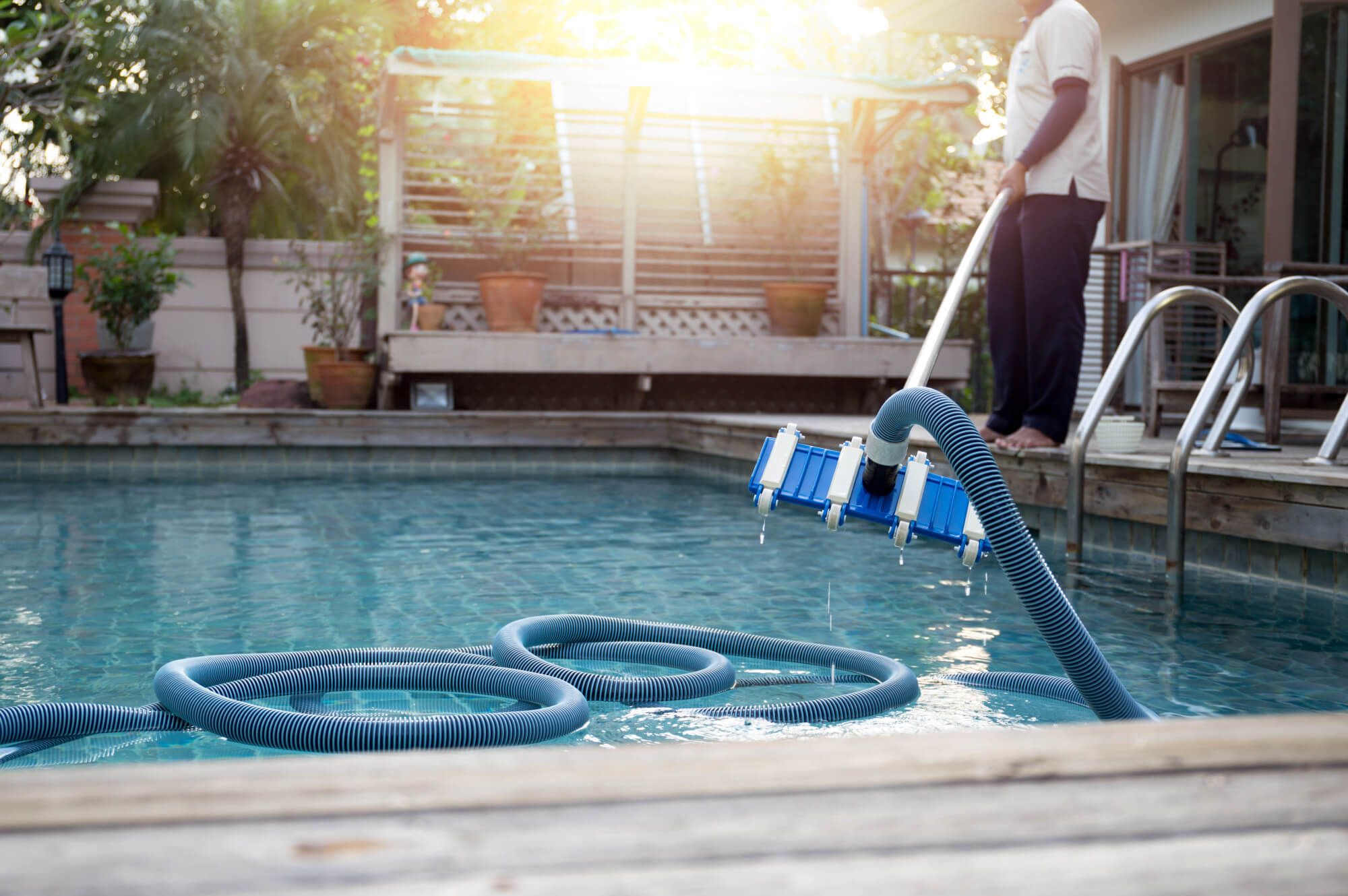
Should You Get Rid of Your Swimming Pool? Here’s What You Need to Know
Buying a home with a swimming pool is often considered the ultimate luxury. It can increase your property value by 5-8% and become the centerpiece of your summer memories. However, sometimes the relationship between a homeowner and their pool doesn’t work out. If the pool isn’t getting the use you expected, or it’s becoming a financial burden, it might be time to consider filling it in.
Whether you’re a new homeowner or a seasoned pro, here’s everything you need to know about getting rid of your swimming pool.
When Is It Time to Get Rid of Your Swimming Pool?
If you’re looking out the window and thinking “Should I fill in my pool?”, it might be time to take action. Here are some key reasons to remove your pool:
- Underuse: You simply don’t use it as much as you thought.
- High Maintenance Costs: The upkeep is no longer worth it.
- Expensive Repairs: Constant repairs have made the pool a financial liability.
- Compliance Issues: Retrofitting the pool to meet codes is too costly.
Also, if your pool is in poor condition, it could actually lower your home’s value when selling. A well-maintained pool can be an asset, but a damaged one may turn off potential buyers.
How to Get Rid of Your Swimming Pool: Your Options
If you’ve decided to remove your pool, you’re probably wondering, “How do I fill in an inground pool?” Here are some feasible and affordable ways to repurpose your pool space:
1. Full Pool Removal
Removing your pool entirely is an option, and it doesn’t have to break the bank. The cost depends on the size of your pool and the accessibility of your yard. The process involves draining the pool, digging a hole in the bottom, and filling it with crushed rock. After removing the pool’s first few feet and the decking, the area is covered with topsoil, leveled, and ready for landscaping. Hiring a professional concrete company like JM Concrete Pros ensures it’s done efficiently.
2. Deck Over the Pool
If you want to maintain some structure without the water, you can build a deck over the drained pool. Contractors will install a support frame inside the pool, then build the deck structure on top. Rainwater will be drained away with a pump, and ventilation will prevent wood rot.
3. Create a Cement Pond
Love the idea of keeping water in your yard? A cement pond could be an attractive alternative. While it requires filling the pool partially with gravel and installing a new liner, it adds a unique feature to your landscape, perfect for koi fish or wildlife.
4. Turn It Into a Garden Plot
Convert your pool into a beautiful garden! The process involves draining the pool, adding drainage holes, and filling it with soil. This option requires careful preparation, as the soil needs to be compacted to avoid sinking over time. If your pool had decking, that should be removed or buried.
5. Transform It into a Sunken Greenhouse
If you’re a gardening enthusiast, turning your pool into a sunken greenhouse could be a perfect project. It offers the right conditions for plant growth, with the added benefit of an insulated environment. Be sure to check that your pool’s foundation is sturdy enough to withstand the surrounding earth pressure.
6. Cover the Pool Temporarily
If you’re not ready for a permanent solution, a robust pool cover can reduce maintenance costs and keep the pool safe during the off-season. Choose a quality cover that secures well to your deck and ensures safety, especially if you have pets or children.
Does Removing a Pool Decrease Home Value?
The impact of removing a pool on your home’s value depends on various factors:
- Location: In areas where pools are in high demand, removing one may decrease your home’s value. In areas where pools are less common, the impact may be minimal.
- Condition: If the pool is in poor condition, removing it could actually increase your home’s value by eliminating a liability.
- Property Size: If your yard is small and the pool takes up significant space, removing it may increase your home’s value by creating more usable outdoor space.
- Buyer Preferences: Some buyers love pools, while others prefer not to have one. It depends on the market and the preferences of potential buyers.
Ready to Get Rid of Your Pool?
If you’re looking to remove your swimming pool affordably and professionally, JM Concrete Pros is the team to trust. With years of experience in concrete demolition and pool fill-ins, we provide reliable and cost-effective services tailored to your needs.
Request your free estimate today, and let our experienced team help you explore the best solution for your property.
